 Welcome to Marion, Alabama
Marion is primarily known as the home of Judson College and Marion Military Institute (MMI), but these famous schools are but one facet of this history-rich community. In Marion, you will find many historic sites in addition to Judson and MMI and most of them are listed on the National Register of Historic Places. Historic sites listed individually on the National Register include The Chapel and Lovelace Hall at Marion Military Institute, First Congregational Church of Marion, the Henry House, Marion Female Seminary, Phillips Memorial Auditorium, the President's House at Marion Military Institute, and Siloam Baptist Church. Marion has one National Historic Landmark, Kenworthy Hall. Additionally, Marion has four historic districts on the National Register - the Green Street Historic District, Judson College Historic District, Marion Courthouse Square Historic District, and the West Marion Historic District. These historic districts contain 280 contributing properties which include historic homes, churches, public buildings, and other structures.
Provided below are details about some of the historic sites that you will find in Marion. Click on the sites for additional pictures and details. These sites are also marked on the map above. Zoom in on the map for better viewing.
For additional details about the history of Marion, visit wikipedia.org/Marion,_Alabama.
************************************************************************
Welcome to Marion, Alabama
Marion is primarily known as the home of Judson College and Marion Military Institute (MMI), but these famous schools are but one facet of this history-rich community. In Marion, you will find many historic sites in addition to Judson and MMI and most of them are listed on the National Register of Historic Places. Historic sites listed individually on the National Register include The Chapel and Lovelace Hall at Marion Military Institute, First Congregational Church of Marion, the Henry House, Marion Female Seminary, Phillips Memorial Auditorium, the President's House at Marion Military Institute, and Siloam Baptist Church. Marion has one National Historic Landmark, Kenworthy Hall. Additionally, Marion has four historic districts on the National Register - the Green Street Historic District, Judson College Historic District, Marion Courthouse Square Historic District, and the West Marion Historic District. These historic districts contain 280 contributing properties which include historic homes, churches, public buildings, and other structures.
Provided below are details about some of the historic sites that you will find in Marion. Click on the sites for additional pictures and details. These sites are also marked on the map above. Zoom in on the map for better viewing.
For additional details about the history of Marion, visit wikipedia.org/Marion,_Alabama.
************************************************************************
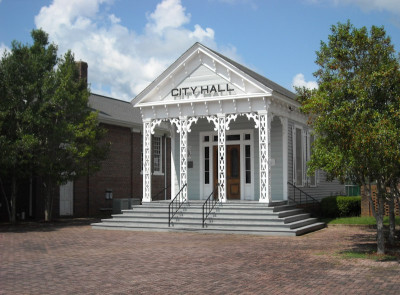
This building was built circa 1832 as a law office. It was the first YMCA building in the South to be owned by a local chapter. Additionally, the buil …

Built in 1907 to replace the frame depot building, which was destroyed by fire. Interest in railroads began as early as 1834 in Marion. The building i …
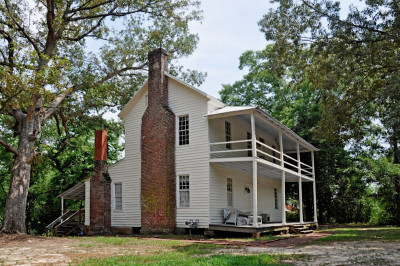
This two-story farmhouse, built circa 1834 by Joel Parish, his wife, Emma Curby, and their children, is one of the oldest buildings in Perry County. …
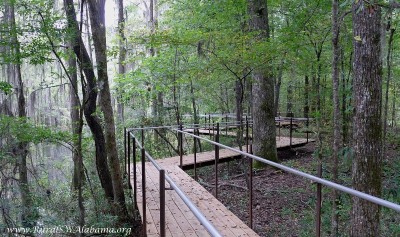
In recent years, Bald Eagles have nested in a giant loblolly pine near the entrance to this 600-acre park. The park contains four oxbow lakes, formed …

Reverie is a historic Greek Revival mansion that was built circa 1858. The house was photographed and recorded by the Historic American Buildings Surv …

This house was originally a one-story home built circa 1834 by Captain Samuel Madison Scott at Scott’s Station, just west of Marion. Captain Scott’s w …

This two story-frame dwelling was built about 1860. It has an end chimney, nine over nine double hung windows, and a single bay entrance with a full h …

The Siloam Baptist Church was established in 1822. During the mid-19th century, it was Alabama’s most influential Baptist congregation and one of the …

Originally a two-story brick building. this structure had a major renovation in 1905. Ceramic tile was applied over the former brick façade, and the c …

The Episcopal Church in Marion was established in 1838 under the name of St. Michael’s Parish (not to be confused with the slightly later St. Michael’ …
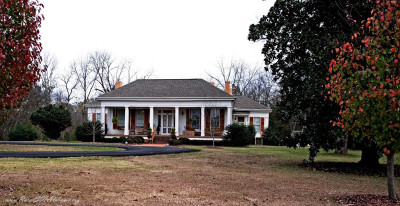
This house was built circa 1852 by Dr. Henry Talbird, second president of Howard College. It was sold in 1856 to Isaac Billingsley and his wife, Ann J …

The Camellias is a beautiful antebellum home located just south of Marion, AL. It gets its name from the many camellia bushes located on the front la …
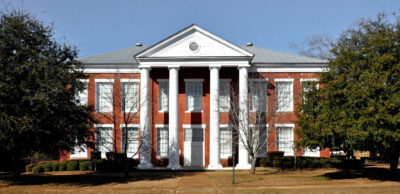
Founded in 1835, the Marion Female Seminary was one of the earliest colleges for women in the United States. It was the first of four colleges establi …

Built circa 1910, this old jail is a major landmark in the Civil Rights and Voting Rights movement. It was involved in many events that occurred in Ma …

Perry County was created by an act of the Legislature of the newly formed State of Alabama on December 13, 1819. The first courthouse, a log cabin, wa …

“Twin Magnolias”, also referred to as the Myatt-Hancock house, is thought to have been built around 1845. It originally had a Greek Revival style cons …
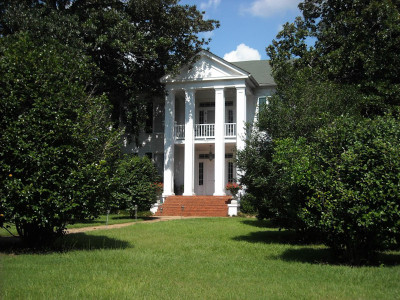
This Greek Revival style home was built about 1838. Attached to the house is the building which once served as headquarters of the Alabama Baptist Sta …
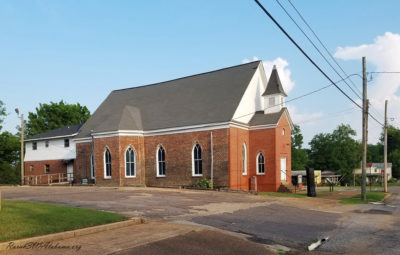
Located adjacent to the town square, Zion United Methodist Church was a focal point for the civil rights movement of the 1960s. The night march that …
- 1
- 2
